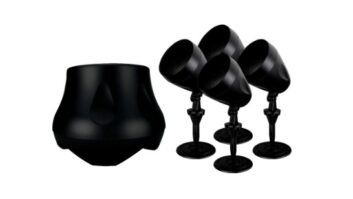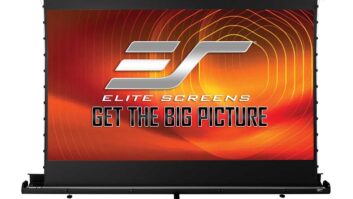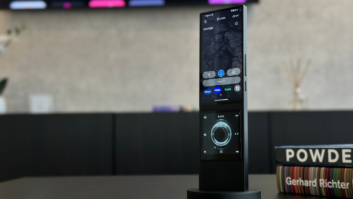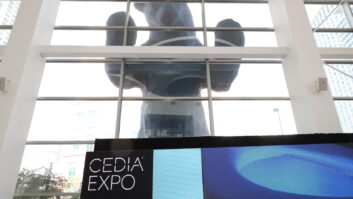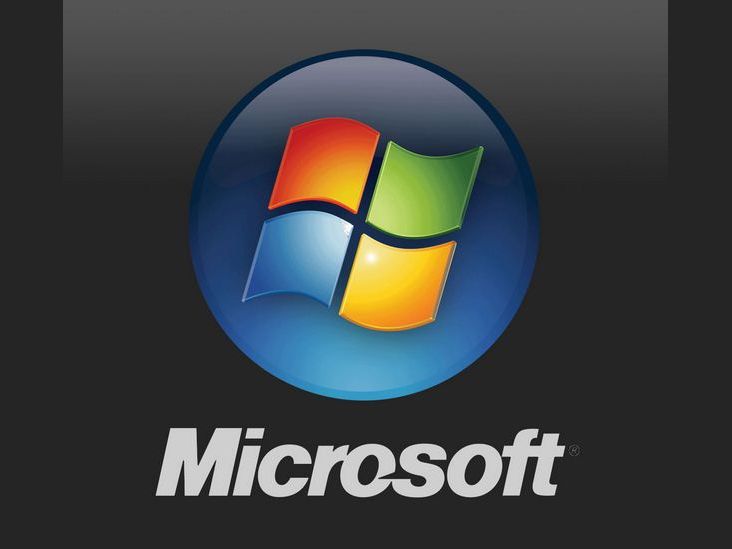
Redmond, Wash. – Microsoft formally unveiled the next chapter of its Windows franchise Wednesday by presenting its Windows 10 operating system which is designed to maintain the same user experience across multiple devices.
Included in Microsoft’s presentation were several surprise extensions powered by the new platform, including Microsoft HoloLens, which is a Windows 10 holographic computer in the form of wireless augmented reality headwear designed to bring 3D holographic experiences into a user’s real world environment and engage in everyday tasks and entertainment.
The company also showed Microsoft Surface Hub, which integrates Windows 10 with an 84-inch 4K white board to enable on-screen pen input and the ability to input documents with electronic ink illustrations, all sharable over connected Windows 10 devices.
In unveiling the new OS, which is expected to see a fall release, Microsoft is looking to right many of the criticisms that marred the release of its Windows 8 platform in 2012 while keeping both consumers and business users satisfied.
“We are looking to move from people needing Windows to people choosing Windows to people loving Windows,” said Satya Nadella, Microsoft CEO, during a streamed press conference announcing the new OS family.
Not discussed in the presentation was exactly how Microsoft plans to monetize Windows 10.
Key in the latest Windows version, which deliberately skips version 9 to denote its distance from Windows 8, is the smooth integration and interoperation between mobile devices and desktop systems as well as between the OS and the Xbox One gaming console.
Terry Myerson, Microsoft OS executive VP, said that in developing Windows 10, the company used 800,000 pieces of user feedback on more than 200,000 topics from a community of more than 1.7 million Windows Insider program members, who will be helping the company further refine the software in coming months.
In creating Windows 10, Microsoft sought to maintain the functionality of apps on small screens and 32-bit programs on PCs so user can, for example, call up from cloud-based OneDrive and edit documents written in Word or PowerPoint on the PC using a Windows 10-based tablet or phone.
Microsoft said the OS gives developers greater ability to develop apps that work on PCs, tablets, and smartphones with a single application-development effort.
For desktop users, Windows 10 integrates digital assistant tools like those found in Microsoft’s voice-powered Cortana Windows phone, delivering a variety of speech-based search functions within the OS.
For the 2-in-1 category, the OS will also employ Microsoft’s “Continuum Concept,” which lets users flip the Windows user interface between Desktop and touch-based Modern/Metro environments, depending on whether the tablet or hybrid was docked or separated from the keyboard.
Windows 10 will break from the traditional Windows Explorer browser by building in a new browser called Spartan, which is fully integrated into the Windows 10 experience. It gives users the ability to speak search commands into the Cortana system, for example, and have the PC intuitively present the viewer with relevant data, such as an online menu, directions and reviews on a simple restaurant search request.
Nadella said the goal in designing Windows 10 was not to “bolt on applications but create built-in experiences.”
For gaming, Microsoft has built an Xbox app into Windows 10 allowing users with gaming PCs and tablets to play certain games over Xbox Live with Xbox One users. The Windows 10 experience will also extend to the Xbox One, allowing simple sharing of PC and tablet content on a connected TV screen.
Windows 10 will ship with DirectX 12, an optimized API that will help render PC games more like the console.
Other enhancements in Windows 10 include improved audio experiences with the integration of FLAC support, the ability to move music files onto OneDrive to create playlists, and integration with Cortana to audibly command music playback and control.
Windows Holographic, however, was among the more compelling parts of Microsoft’s reveal. The augmented reality experience adds holograms to the world around the viewer. The HoloLens headset was called “the most advanced holographic computer the world has ever seen.”
The system is a self-contained computer, including a CPU, a GPU, and a dedicated holographic processor. The head gear includes a see-through visor display to produce holograms in front of the viewer and adds spatial sound so the wearer can hear a hologram to the side or behind him. The HoloLens includes a set of sensors to help recreate the users’ environment.
This can be applied to the gaming experience to enable a user to play Minecraft, with the game landscape appearing in the wearer’s living area, or users can tour the surface of Mars or show clients design schematics.
Microsoft said it expects the HoloLens will be made available within the Windows 10 timeframe.





